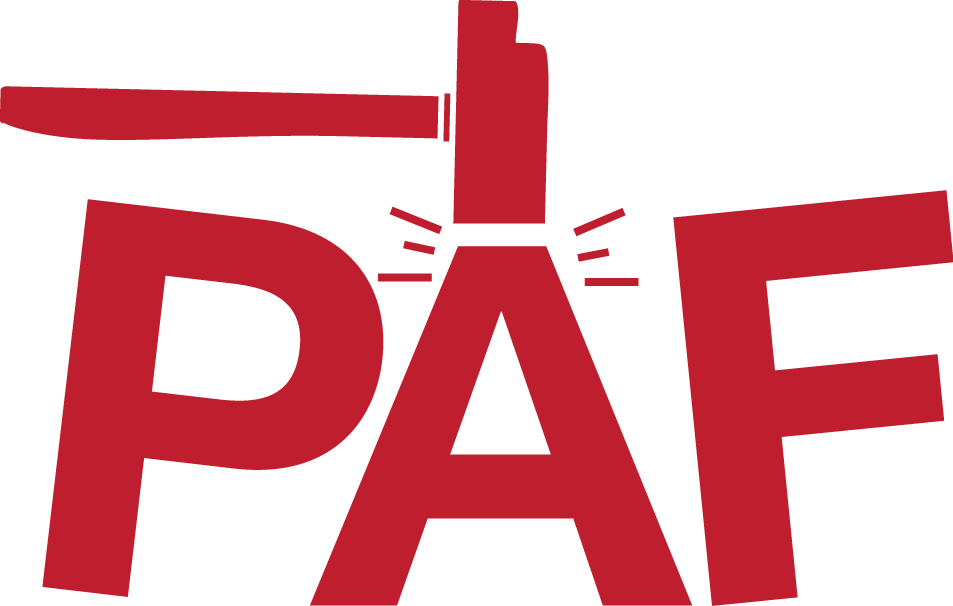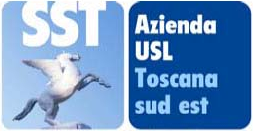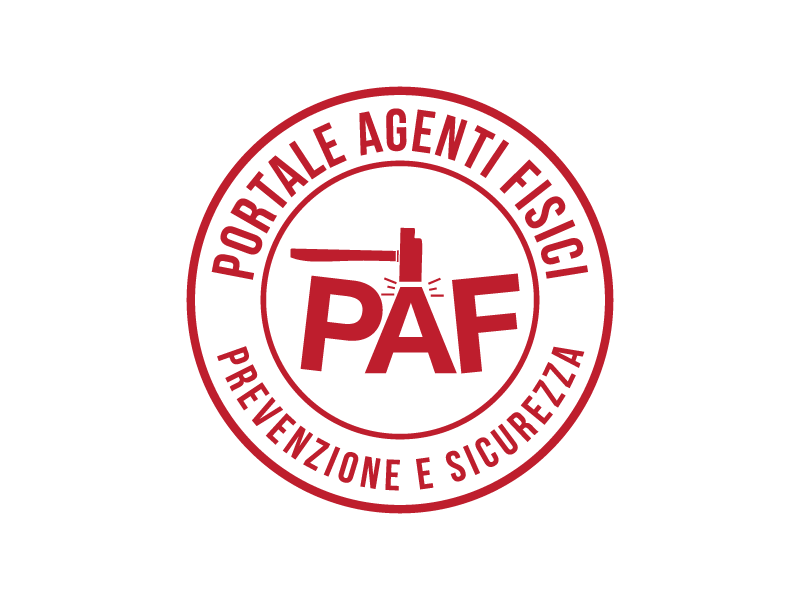Noise risk assessment
ASSESSMENT OF RISK TO THE AUDITORY SYSTEM
The auditory effects have as a target organ the auditory system, and include potential damage and incomplete recovery of the auditory functions. For the purposes of preventing these effects, the assessment criteria and the action values prescribed by the Directive 2003/10/EC of the European Parliament and of the Council of 6 February 2003 should be applied.
The Council Directive of 12 June 1989 obliges the employer to perform a risk assessment within his/her enterprise in order to identify workers that are exposed to risk and to implement the adequate health prevention and protection interventions.
The risk assessment shall be performed by a qualified person in all firms, regardless of the productive sector, where employees or equivalent are present; in those cases where there is no founded reason to exclude that lower action values are exceeded (LEX>80 dB(A) or Lpeak,C > 135 dB(C)) the assessment shall include also measurement performed in accordance with the adequate technical standards (EN ISO 9612:2011).
If it is clear that the exposure to noise is inessential, it is possible to recur to the so called "justification", i.e. it is not necessary to go further in risk assessment, or, in doubtful cases, some measurements can be performed in order to exclude that lower action values are exceeded even for workers at particular risk.
An assessment based on measurements can be considered complete if:
-
it defines the LEX and Lpeak,C for people exposed to noise levels higher than 80 dB(A) and 135 dB(C);
-
it identifies the factors that worsen the risk (e.g.: ototoxic substances, vibration, impulsive noises…);
-
it characterises the areas and the machinery at high risk (LAeq > 85 dB(A) and LCpeak > 137 dB(C));
-
it establishes the engineering and organisational measures aimed at reducing the risk;
-
it assesses the efficiency and the effectiveness of hearing protectors, if provided to workers.
The data obtained from the assessment and/or measurement of the level of exposure to noise shall be recorded on a suitable medium, according to national law and practice.
RISK ASSESSMENT: EXTRA AURAL EFFECTS
Risk shall be assessed with regard to the potential onset of extra aural effects due to noise in the following settings:
school, recreational and sports activities and similar ones,
offices,
analysis and research laboratories,
sanitary activities,
commercial activities.
The levels of sound exposure that can be detected in these kind of settings usually should not be such as to cause damage to the auditory system, therefore it is not appropriate to use the assessment criteria set up in the Directive DIRECTIVE 2003/10/EC, based on the assessment of LEX,8h and the comparison with the exposure limit values related to prevention of auditory effects of noise.
The assessment of noise risk in these kind of environments shall be considered in the setting of prevention of the onset of extra aural effects, such as annoyance and discomfort that can have strong effects on the health of workers.
Concerning the noise risk at workplaces, the Directive 2003/10/EC states that the risks arising from exposure to noise shall be eliminated at their source or reduced to a minimum. The reduction of such risks shall be based on the general principles of prevention set out in Article 6(2) of Directive 89/391/EEC and take into account technical progress and the availability of measures to control the risk at source, such as the design and layout of workplaces and work stations, the reduction of airborne noise, e.g. by shields, enclosures,sound-absorbent coverings and of structure-borne noise, e.g. by damping orisolation;.
All these measures aim at implementing the indications provided by technical standards, good practices, guidelines and the relevant literature.








